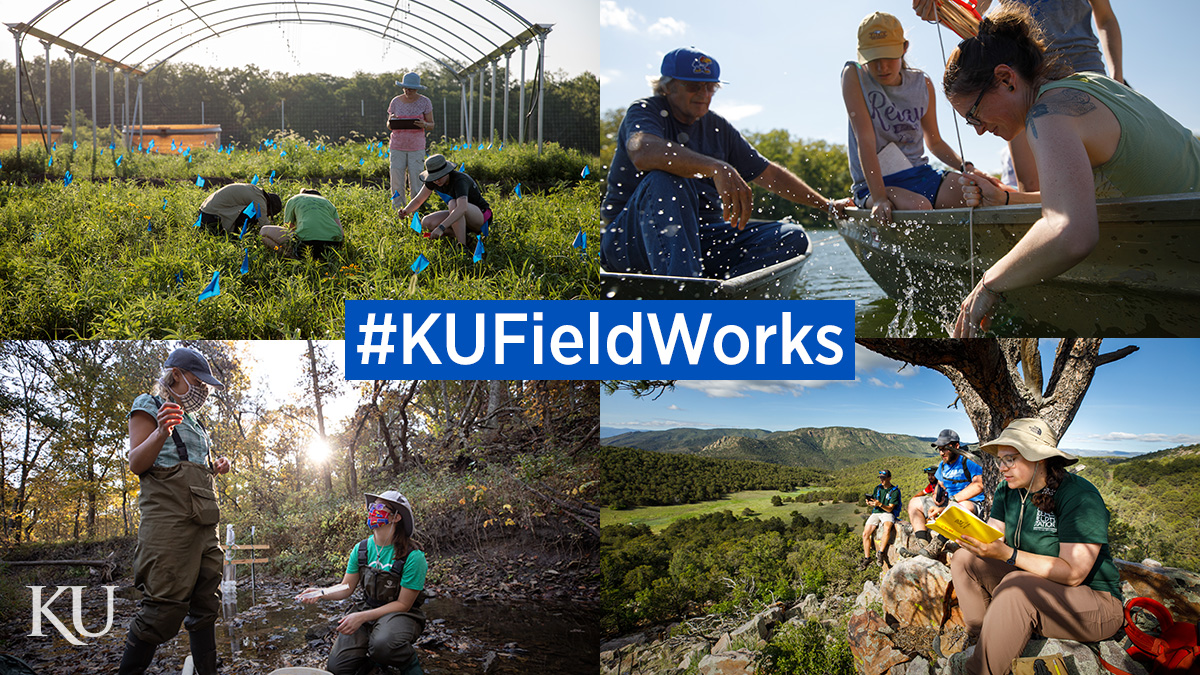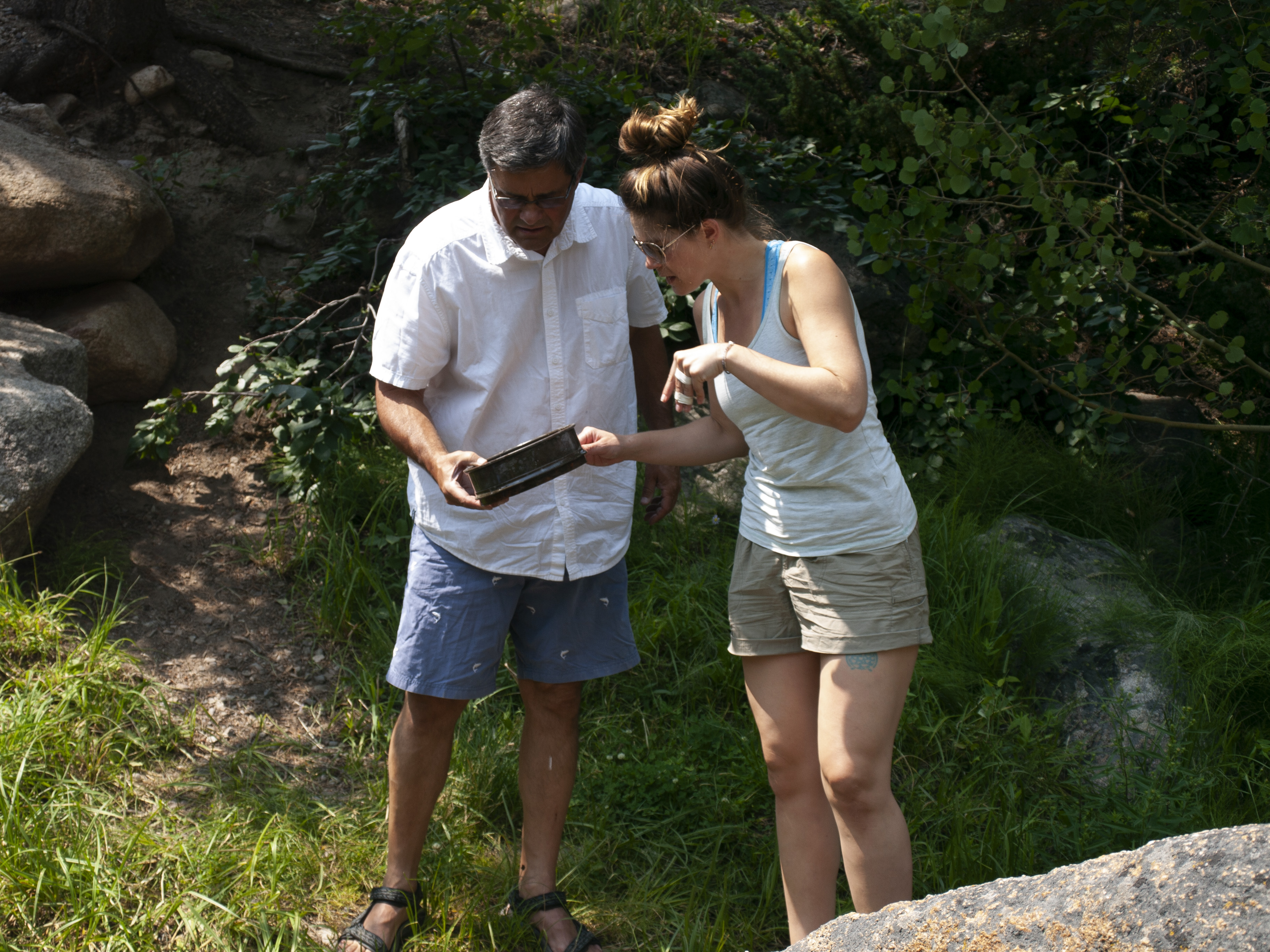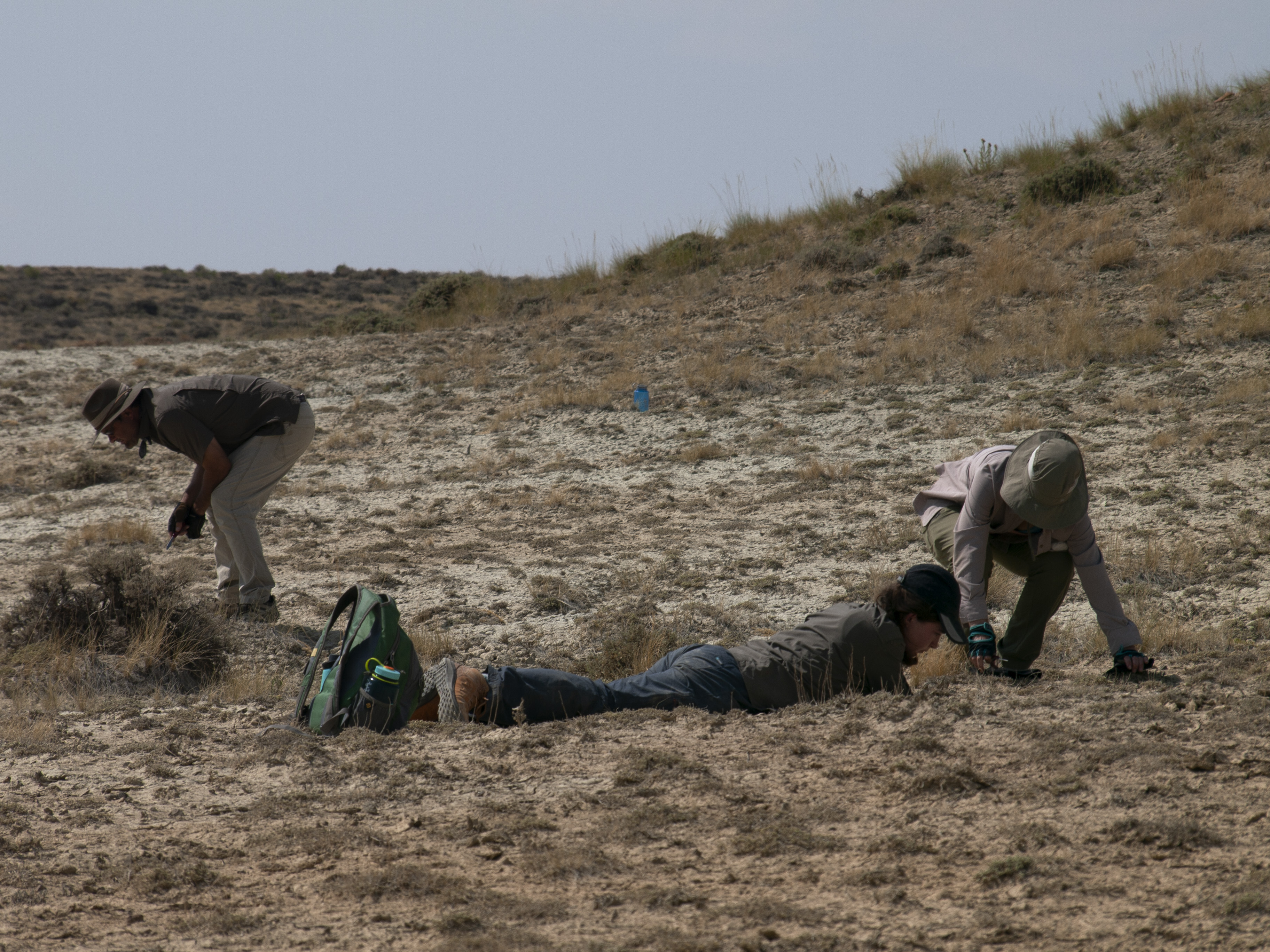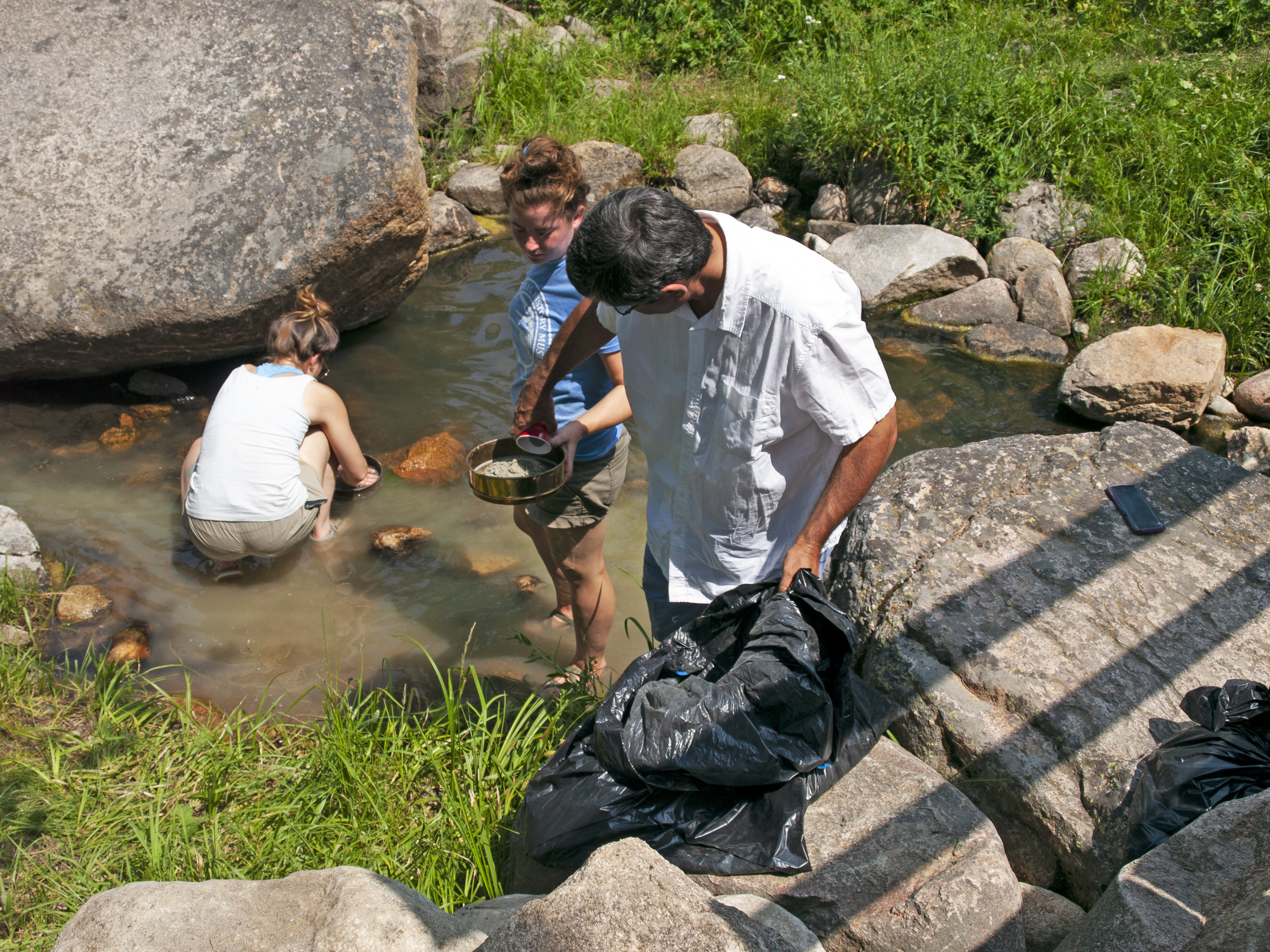#KUFieldWorks: Studying ancient fossils in Wyoming to understand the current climate crisis

Editor’s note: Fieldwork provides invaluable insights about real-world environments and processes, expanding and reinforcing what researchers learn in classrooms, labs and collections. KU faculty, staff and students across a spectrum of disciplines are taking their inquiry directly to rivers, prairies, dig sites, glaciers, islands, burial grounds and more this summer. Through the #KUFieldWorks series, we'll join them on their adventures.
Q&A with ecology and evolutionary biology Foundation Distinguished Professor Christopher Beard
A team of faculty and student biologists from the University of Kansas is researching 58-million-year-old fossils to understand global warming’s effect on mammals.
Christopher Beard, Foundation Distinguished Professor of ecology and evolutionary biology and senior curator at the Biodiversity Institute, led a research excursion this summer to southern Wyoming.
The research is interested in how ancient ecosystems containing mammals — the Cenozoic era is the “Age of Mammals” — in the Rocky Mountain West responded to a sustained interval of global warming.
Studying how the ecosystems responded to global warming during this period can give insight into the world’s current situation and how to mitigate extreme effects of climate change.

What methods, approaches, experiments, etc. are you using?
We use several different methods to find and extract fossils. They range from simply walking around rock outcrops looking for fossils that have eroded out of the ground to small-scale quarrying to screen-washing, which looks a lot like panning for gold. This season, we are bringing along a colleague from the Baylor University Department of Geosciences who will help us date a key fossil site by using a method called paleomagnetic stratigraphy. It’s based on the fact that Earth’s magnetic poles have flip-flopped through time, so we can constrain the age of a fossil site by matching the prevailing magnetic field when the site was formed with the overall record of magnetic fluctuations worldwide.
Why does your study matter to your field or for society?
At one level, people are simply intrigued by how the world as we know it — with its bountiful biodiversity — came to exist. Paleontology is the best way to address these questions. At a more practical level, our work on this ancient episode of global warming will tell us a lot about what we can expect about future changes in Earth’s ecosystems and how we might be able to deal with those changes.

What do you enjoy most about being in the field?
One of the reasons I decided to become a paleontologist is that I enjoy being outdoors, especially in remote areas like Wyoming. I also think that fossils are inherently beautiful and precious — each one representing an organism that lived millions of years ago. Finally, having students in the field enables me to engage with them in a very hands-on manner that can’t easily be replicated back in the lab. Learning by doing is how things get accomplished in the field.
What are some memorable (funny, scary, surprising, etc.) moments from the field?
I’ve survived incredible lightning storms that mimic being shelled by artillery. I’ve faced down bears in our campsite that want to eat what’s on our menu for dinner. Once, I almost broke an axle on a four-wheel-drive vehicle because I tried to go up a rugged hill that I probably should not have attempted to climb. Sunsets from the top of a hill near one of our campsites are marvelous, providing a long-range view of the Union Pacific Railroad line snaking across the prairie of Wyoming.

When is fieldwork frustrating, challenging or overwhelming?
There are some hardships, especially in one area that we work because it is so remote and dry. Water is a precious commodity there, so we restrict its use to drinking and washing dishes and other essential things. Baths and showers are not allowed, so we have to use wet wipes or similar things to stay reasonably hygienic.
How does fieldwork complement the work you do elsewhere?
I find that students who experience fieldwork typically come back to campus reactivated and inspired to conduct research and publish papers related to their discoveries. I feel the same way. From a student’s perspective, I think there is nothing like the hands-on learning that you can get in the field. From a different point of view, the fieldwork we undertake yields fossil specimens that get added to the collections of the KU Natural History Museum and Biodiversity Institute in Dyche Hall. Those collections are the foundation of research and teaching efforts in paleontology on this campus.
First photo: University of Kansas researchers conduct fieldwork in prairies, rivers, streams and mountains. The #KUFieldWorks series follows researchers on their fieldwork adventures.
Second photo: Ecology and evolutionary biology Foundation Distinguished Professor Christopher Beard, left, and doctoral candidate Kathleen Rust examine rock samples they've collected in Wyoming.
Third photo: Left to right: Ecology and evolutionary biology doctoral candidate Kathleen Rust, graduate student Kristen Miller, and Foundation Distinguished Professor Christopher Beard dig to uncover fossils in Wyoming.
Fourth photo: Foundation Distinguished Professor Christopher Beard, left, and Kathleen Rust screen-wash rocks they've collected.